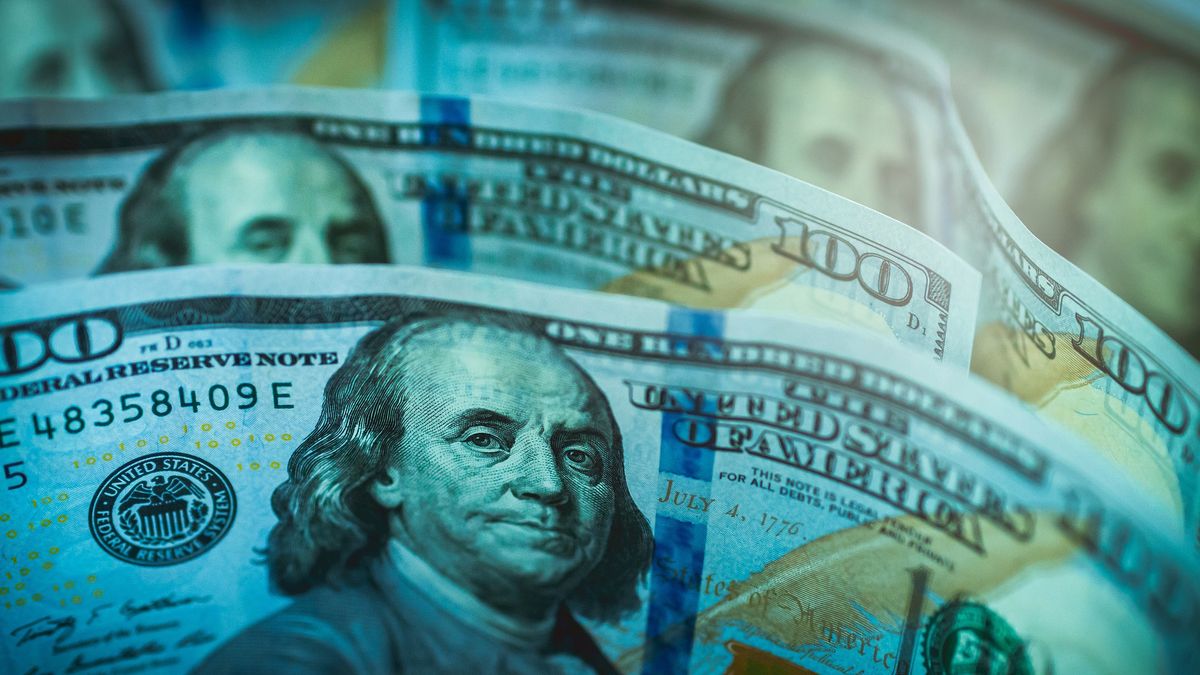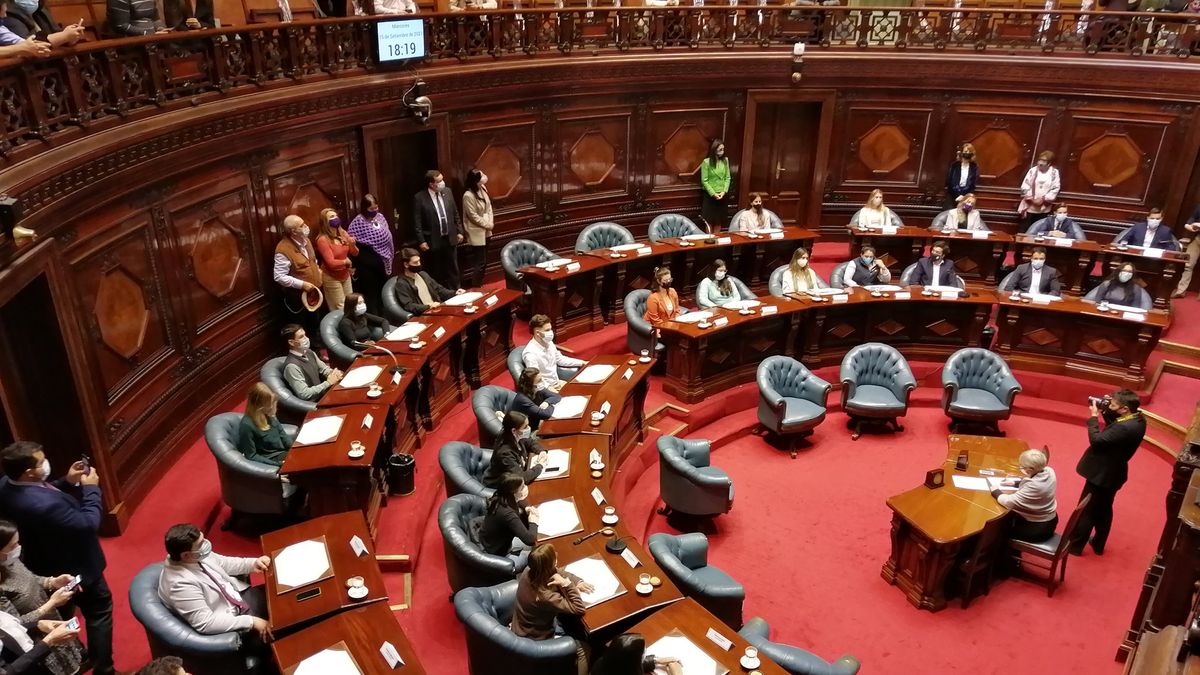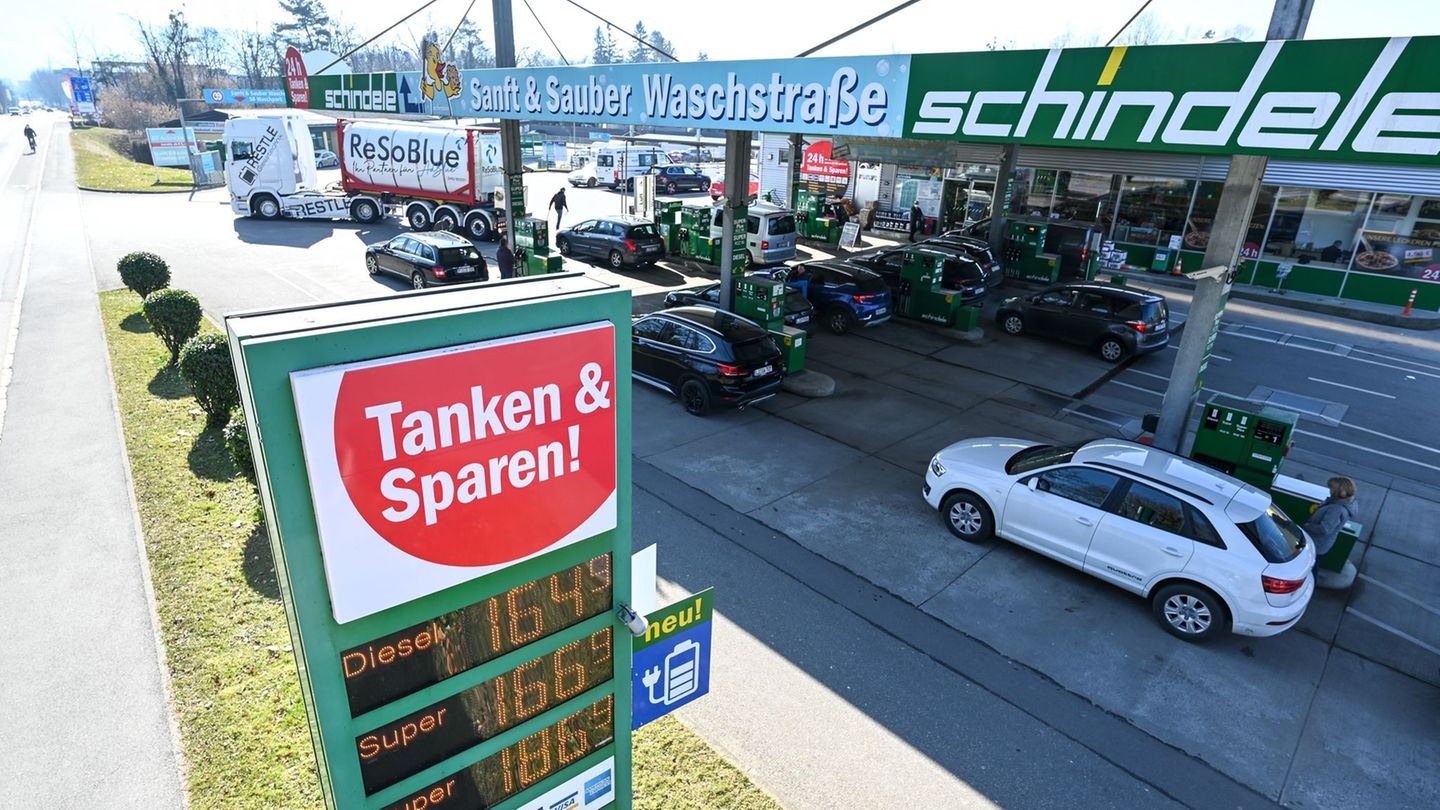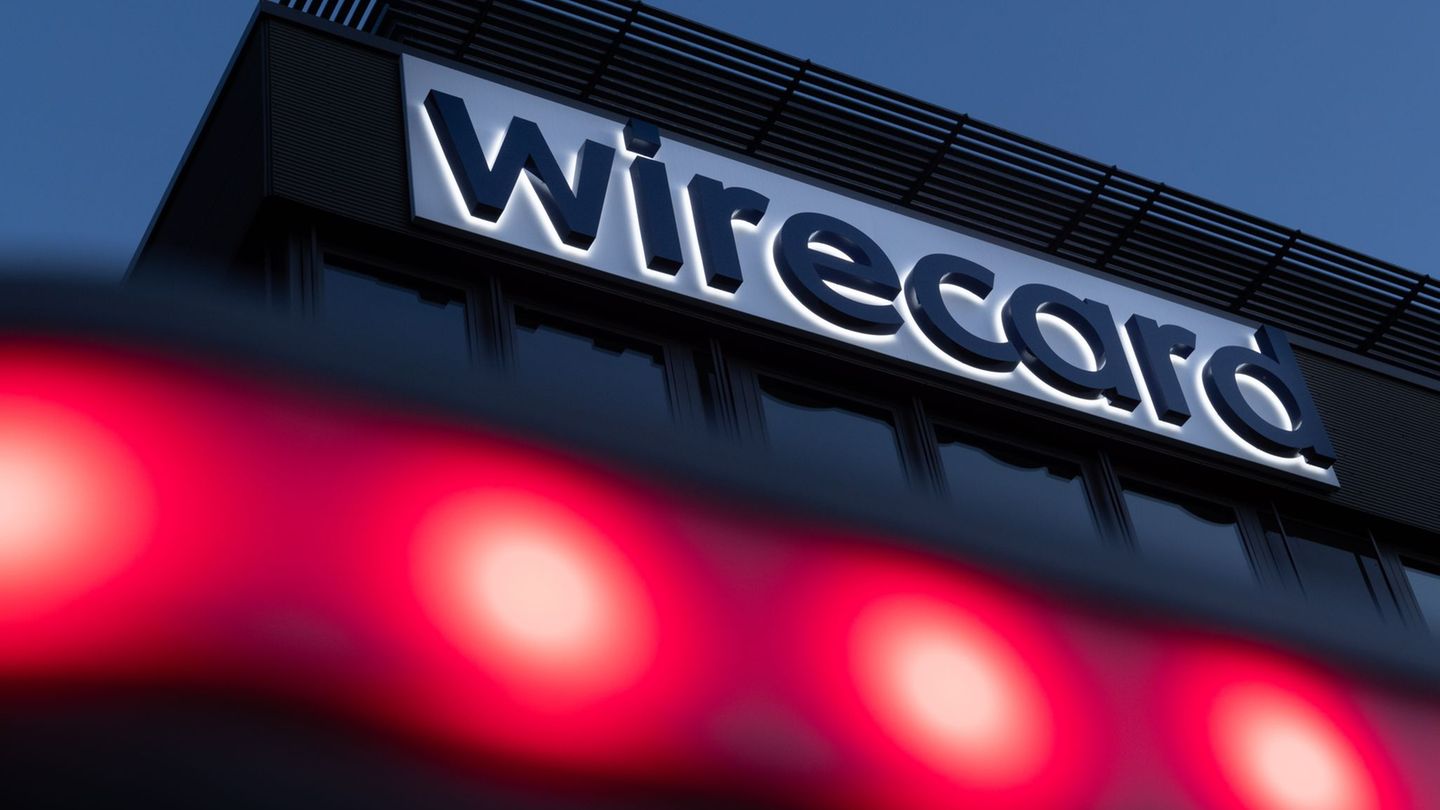It occurred in the midst of a sharp fall in financial dollars, in the midst of speculation about a soon agreement between Argentina and the International Monetary Fund (IMF) to restructure a debt of more than 40,000 million dollars, and a day after the The Central Bank will raise the reference rate for the second time this year.
Even so, the parallel dollar remained the most expensive exchange rate in the market as the CCL did not stop its downward march and closed below $207.
Consequently, the The spread between the blue dollar and the wholesale exchange rate, which is directly regulated by the Central Bank, fell to 97.6%, the lowest since December 22, 2021.
Let us remember that the blue dollar had suffered a sharp drop of $10 on Friday, January 28, as a reaction to the announcement of the preliminary agreement between Argentina and the IMF.
The previous uncertainty had caused the dollar to shoot up in the alternative markets: the informal reached $223.50 on Thursday, January 27, so far its nominal historical maximum.
Beyond everything, the blue dollar completed four consecutive weeks trading above $210, since last January 18 it climbed from $209 to $211.
Blue dollar price in the month
So far in February, the blue dollar falls $2, after closing at $213 in January, the month in which it accumulated a rise of $5 or 2.4%. The last monthly increase was lower than inflation, which is estimated to be around 4%.
Last December, the parallel dollar advanced $6.50 (+3.2%), against monthly inflation of 3.8%, according to INDEC. Likewise, in the accumulated of 2021 it had an increase of 25.3% ($42), half compared to the inflation of the period (50.9%). However, it is worth remembering that in 2020 it had shown a sharp jump of 111%.
What is the blue dollar?
The value of the blue dollar has a substantial difference with the official dollar, which is acquired in banks and has an established price. Its sale is in the informal market, without regulations or limits, and for this reason it is generally operated at a value greater than the official dollar.
Why is it called the blue dollar?
The origin of the blue dollar as a denomination for the operation of the banknote in the informal market is not clear. But there are theories.
An explanation of its name indicates that it is so called because in English, “blue”, in addition to naming the color blue, refers to something “dark”.
Another theory relates it to purchase operations through bonds or shares of companies known as “blue chips”. They also link it to the approximate color that appears when a fibron is applied to detect counterfeit bills.
Price of the savings or tourist dollar
The savings dollar or solidarity dollar -retail plus tax- increased 40 cents to $185.59 on average.
More news about the Blue Dollar and the Dollar
Dollar: scenarios with or without agreement with the IMF
Reserves to the limit, high inflation and agreement with the IMF: what can happen to the dollar in February
Source: Ambito
David William is a talented author who has made a name for himself in the world of writing. He is a professional author who writes on a wide range of topics, from general interest to opinion news. David is currently working as a writer at 24 hours worlds where he brings his unique perspective and in-depth research to his articles, making them both informative and engaging.




